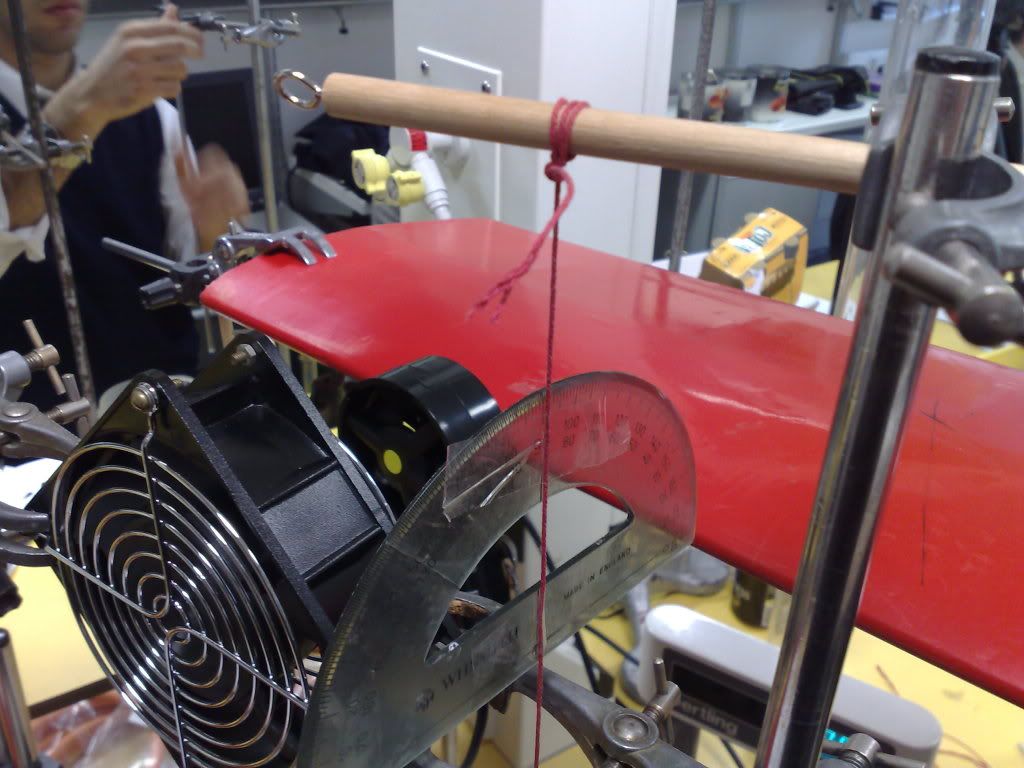I've got a physics coursework assignment where I gathered data on the following things:
Airspeed vs lift produced
Angle of attack vs lift produced
My experiments were done in very basic high school physics lab conditions, using a fan, a wing, an anemometer, a variable transformer, and various stands and clamps that I used to support the above. I've moved into the stage of analysing my data (both sets of which have a correlation coefficient of about 0.98:huh , and am wondering what sort of relationship I should be expecting between each set of data. I know that the correlation coefficient strongly implies that it's linear, however I (and my teacher) both expected it to be an x^2 relationship...
, and am wondering what sort of relationship I should be expecting between each set of data. I know that the correlation coefficient strongly implies that it's linear, however I (and my teacher) both expected it to be an x^2 relationship...
Also, in my second experiment (the angle of attack vs lift produced one), I was trying to find out at which point the wing would stall. I varied the AoA between +40 and -40 (which I thought would be a more than sufficient margin of error for the stall angle), however the only point where it doesn't appear to be linear is a single data point for -40, which is probably erroneous. I'm at a complete loss as to why it didn't stall - could it be that since I was using such a low airspeed (2.3 - 3 m/s), the boundary layer just stuck to the shape of the wing anyway?
I just looked at this NASA website: http://www.grc.nasa.gov/WWW/K-12/airplane/lifteq.html which contains a formula for calculating lift - it seems to say that the graph should be vaguely like an x^2, so now I'm thoroughly confused.
Any advice/help is much appreciated!
Airspeed vs lift produced
Angle of attack vs lift produced
My experiments were done in very basic high school physics lab conditions, using a fan, a wing, an anemometer, a variable transformer, and various stands and clamps that I used to support the above. I've moved into the stage of analysing my data (both sets of which have a correlation coefficient of about 0.98:huh
Also, in my second experiment (the angle of attack vs lift produced one), I was trying to find out at which point the wing would stall. I varied the AoA between +40 and -40 (which I thought would be a more than sufficient margin of error for the stall angle), however the only point where it doesn't appear to be linear is a single data point for -40, which is probably erroneous. I'm at a complete loss as to why it didn't stall - could it be that since I was using such a low airspeed (2.3 - 3 m/s), the boundary layer just stuck to the shape of the wing anyway?
I just looked at this NASA website: http://www.grc.nasa.gov/WWW/K-12/airplane/lifteq.html which contains a formula for calculating lift - it seems to say that the graph should be vaguely like an x^2, so now I'm thoroughly confused.
Any advice/help is much appreciated!


